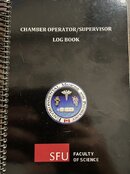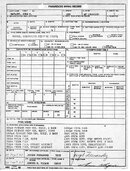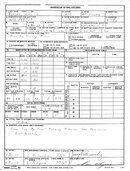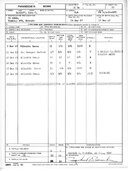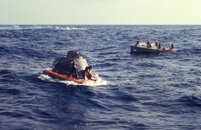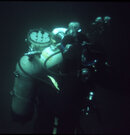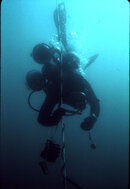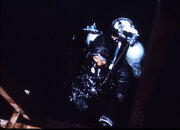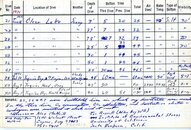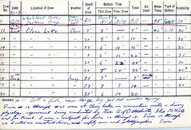jadairiii
Contributor
- Messages
- 1,138
- Reaction score
- 1,666
My basic scuba class in 1975, our instructor strongly recommended keeping a log book. He reasoning was not only keeping the basic information, but to also have a way to look back at conditions and changes over the years for dive sites we would dive consistently. A "Farmers Almanac" if you will. Made sense to a 14 year old at the time, so I have always logged my dives.
And he was right, I have a pretty good recorded history of some sites.
And he was right, I have a pretty good recorded history of some sites.




